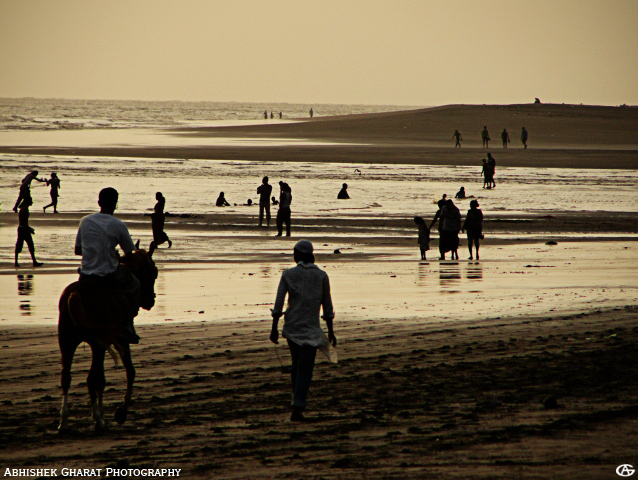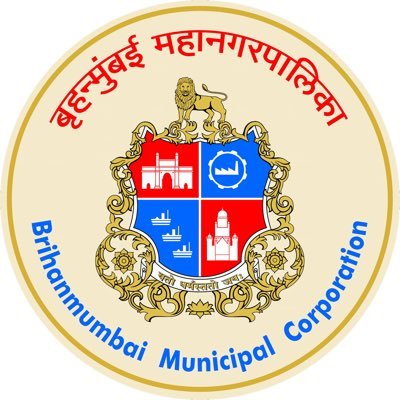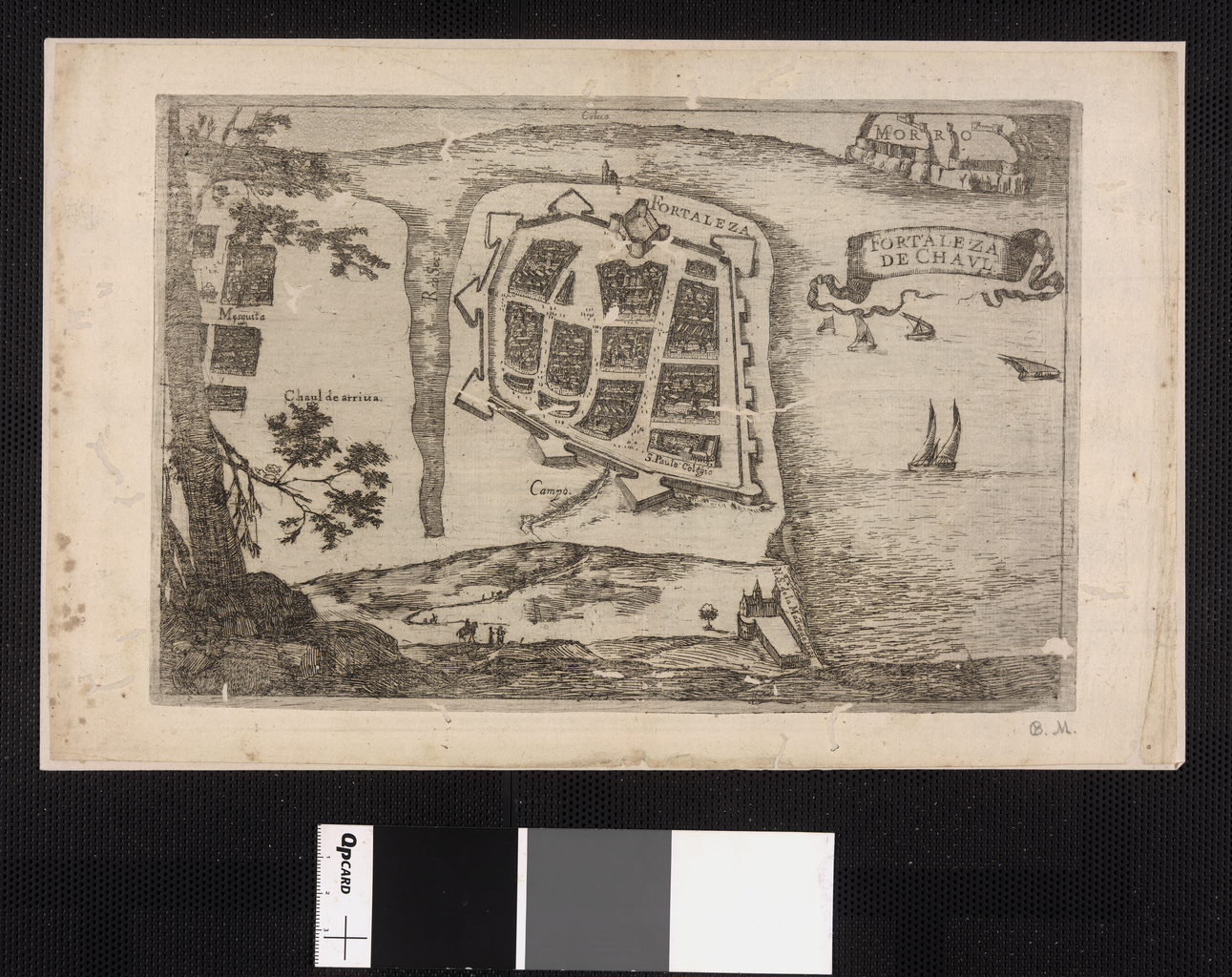|
Norteiro
Norteiros (literally "Northerners") were a historical people who lived in the former Portuguese exclaves of the western littoral parts of the northern Konkan region, in the present-day Greater Bombay Metropolitan Area and the Damaon territory. ''Norteiro'' means "northerner" in the European Portuguese language and its Indo-Portuguese creoles; the term referred to the people inhabiting the territory of the Northern Province (''Província do Norte''), centred in and around the present-day Bassein (Vasai), headquartered at Fort San Sebastian of Bassein which was styled "the Court of the North" (''A Corte do Norte''). It included the Bombay harbour and stood second only to the capital (metropole) of Velha Goa in south Konkan, among Portuguese East Indies colonies in Portuguese India. ''Norteiro'' has largely fallen into disuse, the descendants are the Luso-Indians as in the case of the Damanese of Damaon territory and the Korlaite Christians of Chaul, the natives identify as the B ... [...More Info...] [...Related Items...] OR: [Wikipedia] [Google] [Baidu] |
Damanese People
The Daman and Diu Portuguese Creole, & by its speakers as meaning "home language", refers to the variety of Indo-Portuguese creole spoken in the Dadra and Nagar Haveli and Daman and Diu (Damaon territory), in the northern Konkan region of India. Before the Indian annexation of the territory, the creole spoken by the Damanese natives underwent a profound decreolisation in the erstwhile Portuguese Goa and Damaon colony, a phenomenon whereby the Indo-Portuguese creole reconverged with European Portuguese. Daman Indo-Portuguese The Daman creole is a descendant of the Norteiro Indo-Portuguese language, Norteiro creole, spoken originally by the ''Norteiro people, Norteiros'' on the coast from Chaul, Vasai (Bassein), Bombay, to Damaon. The Superstratum, superstrate language is Portuguese. The Substrata (linguistics), substrate of the Daman creole is likely to be Konkani language, Konkani. Gujarati language, Gujarati has also been suggested as a possible substrate, but this is dou ... [...More Info...] [...Related Items...] OR: [Wikipedia] [Google] [Baidu] |
Bombay East Indians
The Bombay East Indians, also called East Indian Catholics or simply East Indians, are an ethno-religious Christianity in India, Indian Christian community native to the Seven Islands of Bombay, the Mumbai Metropolitan Area and the northern Konkan region; along the western coast of India. The community gets its name from the Bombay East Indian Association (BEIA), established in 1887. History Pre-Portuguese era A Dominican Order, Dominican missionary by the name Jordan de Catalunya, who was either Catalonia, Catalan or Occitania, Occitan, began evangelising the locals in Nala Sopara, Sopara, Thana district, Thana & Kalyan-Dombivli towns of north Konkan in around 1323 AD. Sopara was an ancient port and an international trading center at the time. Portuguese era After ushering in the Age of Discovery, Portuguese Armadas under the command of Vasco Da Gama, found their way to India in 1498 via the Cape Route. In the next few years they acquired many colonial possessions ... [...More Info...] [...Related Items...] OR: [Wikipedia] [Google] [Baidu] |
Indo-Portuguese Creole
Indo-Portuguese creoles are the several Portuguese creoles spoken in the erstwhile Portuguese Indian settlements, Cochin Portuguese Creole, Fort Bassein, Goa and Damaon, Portuguese Ceylon etc; in present-day India and Sri Lanka. These creoles are now mostly extinct or endangered. They have substantial European Portuguese words in their grammars or lexicons: * Ceylon Portuguese creole ''(Sri Lanka)'' * Damaon and Dio Portuguese creole * Kristi language (Chaul Portuguese creole) * Norteiro creole (Bassein) † * Bombay Portuguese creole † * Goa Portuguese creole † * Korlai Portuguese * Cochin Portuguese creole † * Cannanore Portuguese creole * Bengali Portuguese creole † The expression Indo-Portuguese may refer not only to the creoles but also to the creole people groups of Luso-Indians and Portuguese Burghers, who spoke them on the Indian subcontinent The Indian subcontinent is a physiographic region of Asia below the Himalayas which projects into the Indian Oc ... [...More Info...] [...Related Items...] OR: [Wikipedia] [Google] [Baidu] |
Bassein (Vasai)
Vasai (Konkani and Marathi pronunciation: Help:IPA/Marathi, [ʋəsəi]; British English: Bassein; formerly and alternatively Marathi; ''Bajipur'') is a historical place and city located in Palghar district; it was partitioned out of the Thane district in 2014. It also forms a part of Vasai-Virar twin cities in the Konkan division, Maharashtra, India, and comes under the Police Jurisdiction of Mira-Bhayander, Vasai-Virar Police Commissionerate. The Portuguese in Goa and Damaon built Fort Bassein to defend their colony and participate in the lucrative spice trade and the silk route that converged in the area. Much of Portuguese Bombay and Bassein was seized by Marathas under Peshva rule, at the Battle of Bassein in 1739. The British East India Company at Bombay then Company rule in India, took the area from the Mahratta Empire, Maratha Empire in 1780; following the First Anglo-Maratha War. Etymology The present name ''Vasai'' is derived from the Sanskrit word ''Waas'', ... [...More Info...] [...Related Items...] OR: [Wikipedia] [Google] [Baidu] |
Fort San Sebastian Of Bassein
Fort Vasai (''Vasai killa'' in Marathi, ''Fortaleza de São Sebastião de Baçaim'' in Portuguese, ''Fort Bassein'' in English) is a ruined fort of the town of Vasai (Bassein), Konkan Division, Maharashtra, India. The structure was formally christened as the Fort of St Sebastian in the Indo-Portuguese era. The fort is a monument of national importance and is protected by the Archaeological Survey of India. The fort and the town are accessible via the Vasai Railway Station which itself is in the city of Vasai-Virar, and lies to the immediate north of the city of Mumbai (Bombay). The Naigaon Railway Station is on the Western Railway line (formerly the Bombay-Baroda railway) in the direction of the Virar railway station. History Pre-Portuguese Era The Greek merchant Cosma Indicopleustes is known to have visited the areas around Vasai in the 6th century and the Chinese traveller Xuanzang later on June or July 640. According to historian José Gerson da Cunha, during this t ... [...More Info...] [...Related Items...] OR: [Wikipedia] [Google] [Baidu] |
Basseinite
Vasai (Konkani and Marathi pronunciation: �əsəi British English: Bassein; formerly and alternatively Marathi; ''Bajipur'') is a historical place and city located in Palghar district; it was partitioned out of the Thane district in 2014. It also forms a part of Vasai-Virar twin cities in the Konkan division, Maharashtra, India, and comes under the Police Jurisdiction of Mira-Bhayander, Vasai-Virar Police Commissionerate. The Portuguese in Goa and Damaon built Fort Bassein to defend their colony and participate in the lucrative spice trade and the silk route that converged in the area. Much of Portuguese Bombay and Bassein was seized by Marathas under Peshva rule, at the Battle of Bassein in 1739. The British East India Company at Bombay then took the area from the Maratha Empire in 1780; following the First Anglo-Maratha War. Etymology The present name ''Vasai'' is derived from the Sanskrit word ''Waas'', meaning 'dwelling' or 'residence'. The name was changed to ... [...More Info...] [...Related Items...] OR: [Wikipedia] [Google] [Baidu] |
Old Bombay
South Mumbai, colloquially SoBo from South Bombay in Indian English, administratively the Mumbai City District, is the city centre and the southernmost precinct of Greater Bombay. It extends from Colaba to Mahalaxmi (Western side), Byculla (Central Side) and Mazgaon (Harbour Side) neighbourhoods, and comprises the city's old and formerly main business localities, making it the wealthiest urban precinct in India. Property prices in South Mumbai are by far the highest in India and among the highest in the world. In terms of Maharashtra Legislative Assembly, the precinct consists of the constituencies of Colaba, Mumbadevi, Malabar Hill and Byculla. Taj Mahal Hotel, Gateway of India, Chhatrapati Shivaji Terminus, Ballard Estate, and the Bombay Harbour are some of the most iconic landmarks of South Bombay. Billionaire Mukesh Ambani's $1.5 billion home Antilia is located here and is now a part of the iconic skyline. Most residents of South Mumbai belong to old money business, ... [...More Info...] [...Related Items...] OR: [Wikipedia] [Google] [Baidu] |
Chaul
Chaul is a historic town located in the Raigad district of Maharashtra, India. The Korlai Fort is located nearby. History Many foreign writers have mentioned Chaul. Ptolemy in his ''Geography of India'' calls the town Symullla or Timulla. The Periplus of the Erythraean Sea mentions that it was a market south of Kalliena (Calliana). The Portuguese arrived at Chaul in 1505 and established a factory in 1516. The city was then looted by the troops of the Bijapur Sultanate in 1521, the Gujarat Sultanate in 1529 and finally passed to the Mughal Empire in 1600. The town was famous for cotton manufactured goods in the 15th and 16th century, according to Varthema, Chaul was producing many cotton stuffs. Even Portuguese explorer and writer Duarte Barbosa conceded the fame of Chaul for cotton materials. The city was annexed by the Maratha Empire The Maratha Empire, also referred to as the Maratha Confederacy, was an early modern India, early modern polity in the Indian subcontin ... [...More Info...] [...Related Items...] OR: [Wikipedia] [Google] [Baidu] |
New Bombay
Navi Mumbai (; also known as New Bombay, its official name until 1995) is a large city next to Mumbai, located in the Konkan division of the western Indian state of Maharashtra, on the mainland of India. Navi Mumbai is situated in Thane district. It is a part of the Mumbai Metropolitan Area. The area within the Navi Mumbai Municipal Corporation has been ranked third among 73 cities surveyed for cleanliness and hygiene by the Union Ministry of Urban Development and Quality Council of India as a part of Swachh Bharat Abhiyan and is being modified with various projects and formation. Navi Mumbai has for two consecutive years (2022 and 2023) held on to third rank in the Indian Commonwealth Cleanliness Survey (Swachh Survekshan) — a nationwide sanitation survey of cities — while Mumbai's ranking slipped to 37 in 2023 from 31 in 2022. Navi Mumbai is home to various educational institutions. Various multinational corporations have their head offices/branches across the city, ma ... [...More Info...] [...Related Items...] OR: [Wikipedia] [Google] [Baidu] |
Greater Bombay
Mumbai Metropolitan Region (ISO: ''Muṁbaī Mahānagara Pradēśa''; abbreviated to MMR and previously also known as Greater Bombay Metropolitan Area), is a metropolitan area consisting of Mumbai and its satellite towns in the northern Konkan division of Maharashtra in western India. The region has an area of and with a population of over 26 million it is among the most populous metropolitan areas in the world. Developing over a period of about 20 years, it consists of nine municipal corporations and eight smaller municipal councils. The entire area is overseen by the Mumbai Metropolitan Region Development Authority (MMRDA), a state-owned organisation in charge of town planning, development, transportation and housing in the region. The MMRDA was formed to address challenges in planning and development of integrated infrastructure for the metropolitan region.The areas outside Brihanmumbai (Greater Mumbai) and Navi Mumbai have lacked organised development. Navi Mumbai, d ... [...More Info...] [...Related Items...] OR: [Wikipedia] [Google] [Baidu] |
Portuguese India
The State of India, also known as the Portuguese State of India or Portuguese India, was a state of the Portuguese Empire founded seven years after the discovery of the sea route to the Indian subcontinent by Vasco da Gama, a subject of the Kingdom of Portugal. The capital of Portuguese India served as the governing centre of a string of military forts and maritime ports scattered along the coasts of the Indian Ocean. The first viceroy Francisco de Almeida established his base of operations at Fort Manuel in the Malabar region, after the Kingdom of Cochin negotiated to become a protectorate of Portugal in 1505. With the Portuguese conquest of Goa from the Bijapur Sultanate in 1510, Goa became the major anchorage for the Armadas arriving in India. The capital of the viceroyalty was transferred from Cochin to Goa in 1530. From 1535, Mumbai (Bombay) was a harbour of Portuguese India, known as '' Bom Bahia'', until it was handed over, through the Marriage Treaty, dowry o ... [...More Info...] [...Related Items...] OR: [Wikipedia] [Google] [Baidu] |
Portuguese East Indies
The Portuguese Empire was a colonial empire that existed between 1415 and 1999. In conjunction with the Spanish Empire, it ushered in the European Age of Discovery. It achieved a global scale, controlling vast portions of the Americas, Africa and various islands in Asia and Oceania. It was one of the most powerful empires of the early modern period, while at its greatest extent in 1820, covering 5.5 million square km ( million square miles), making it among the List of largest empires, largest empires in history. Composed of colonialism, colonies, Factory (trading post)#Portuguese feitorias (c. 1445), factories, and later Territory#Overseas territory, overseas territories, it was the longest-lived colonial empire in history, from the conquest of Ceuta in North Africa in 1415 to the handover of Macau to China in 1999. The power and influence of the Kingdom of Portugal would eventually expand across the globe. In the wake of the Reconquista, Portuguese maritime exploration, Port ... [...More Info...] [...Related Items...] OR: [Wikipedia] [Google] [Baidu] |





